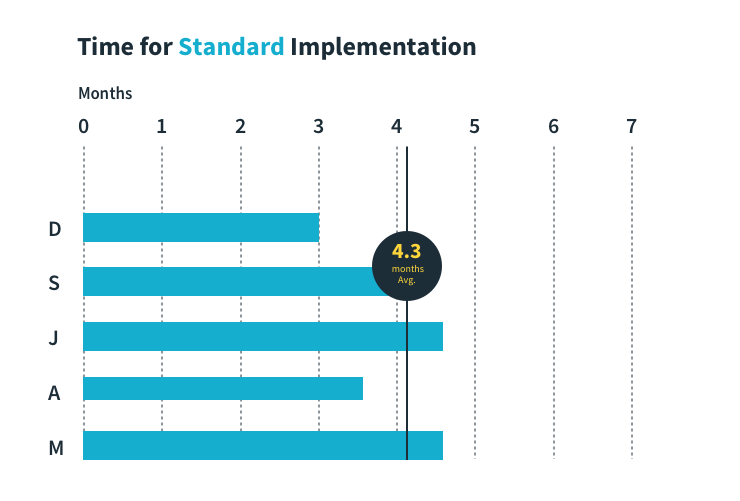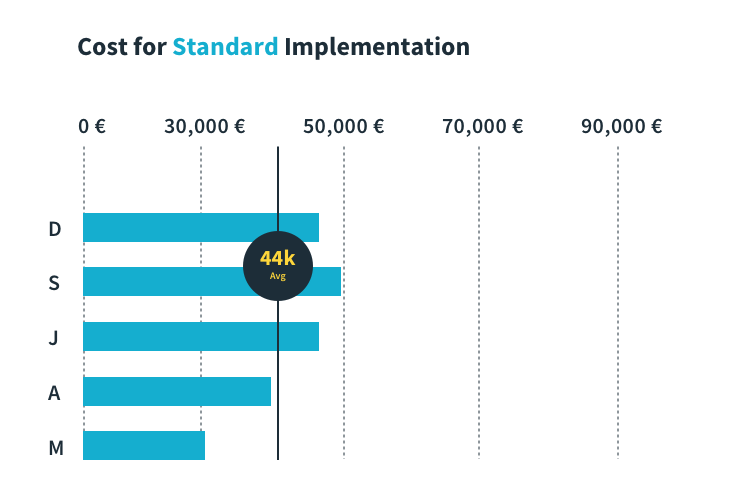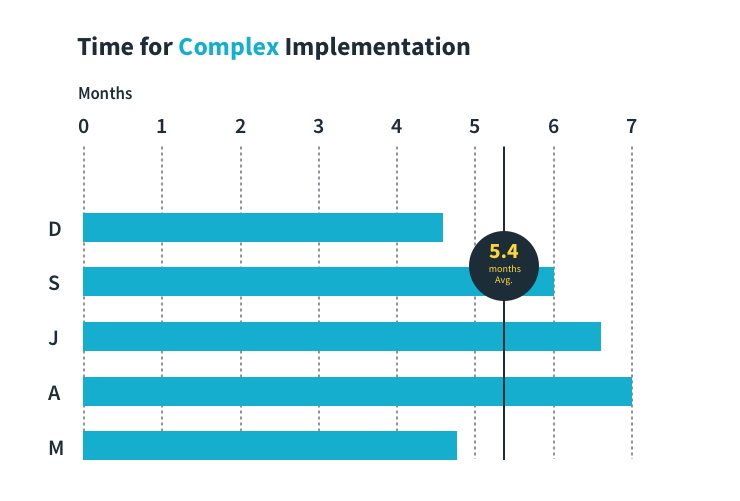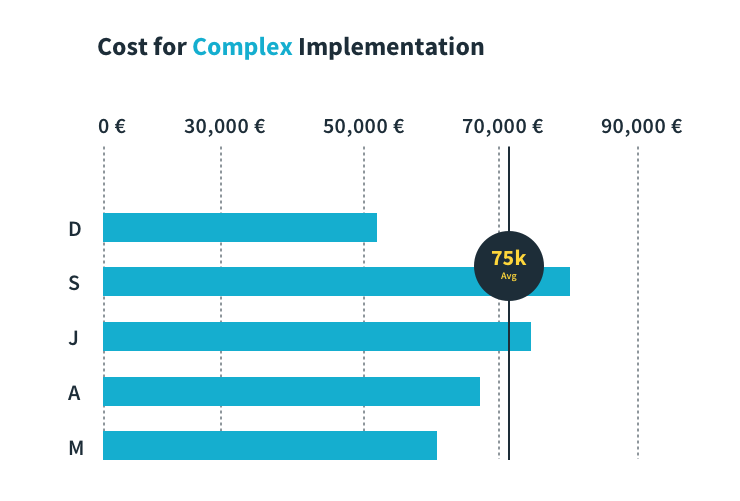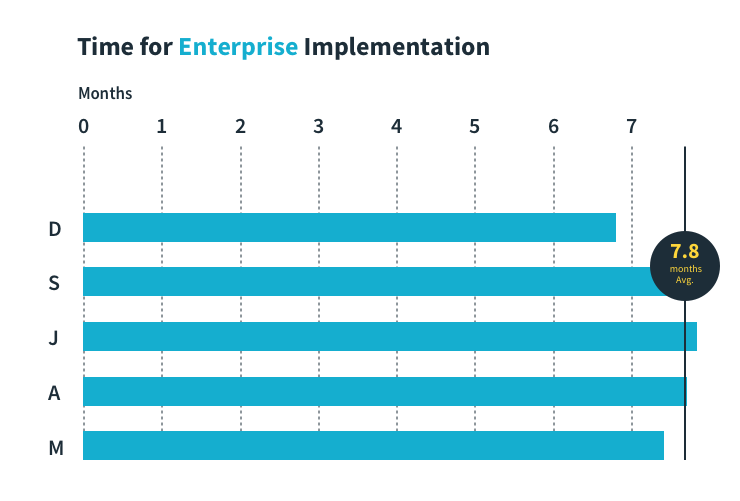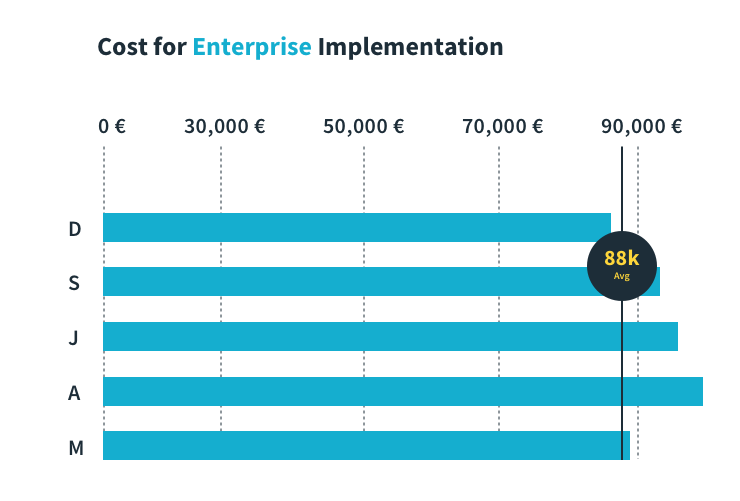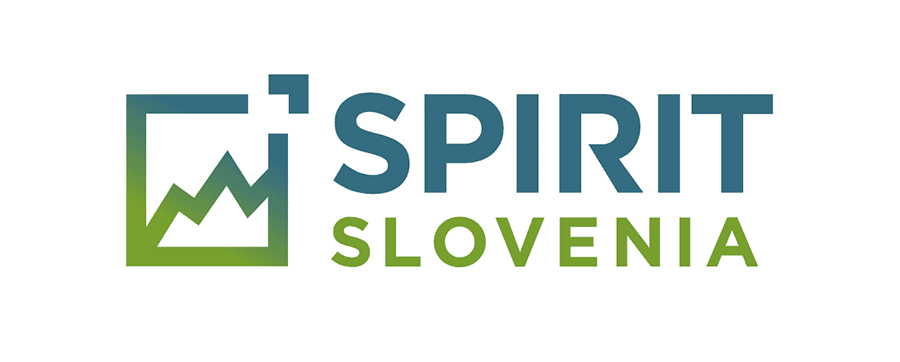In the first article of our Magento development workflow, we described our development workflow and the phases every new project has to go through. In this article, we will breakdown the budgets and estimated timelines for our 3 plans for Magento projects.
Price and timeline factors
There are a lot of factors that can make a big impact on the timeline and the budget of a Magento project. Some of the main ones are listed below:
- MVP vs. full-scope project
Can we start with an MVP project and add additional functionalities later or do we have to build the entire store before the first launch? We prefer working with the MVP model because, this way, we can enter a market faster and we can roll out new features after the initial launch. - Characteristics/feature list
Are Magento features something that requires a lot of custom code? The complexity of each individual feature varies and depends on how much we need to modify the original Magento’s feature. For example, Magento already has a wishlist feature; if we use the built-in functionality and only modify the style, then this is an easy and quick task. But if the client asks for a wishlist that works on a completely different level, then this is no longer an easy task but requires additional custom development. - Magento Community vs. Commerce (Enterprise)
If the client needs certain features that are only available in the Commerce version (B2B, customer segmentation, content staging, banners, gift cards, rewards & loyalty, etc.), then it’s definitely worth investing in the license for the Commerce version. The minimum yearly price is $22,000 and it increases with the client’s gross sales revenue.
Wondering whether your project is a Community or a Commerce one? You can find the comparison between the two in Magento’s article. - Design complexity
When talking about the complexity of the design, it all comes down to the number of subpages and special features. The basics are the homepage, product page, category page, search and search result page, checkout, and static pages.
However, if we have to make multiple product pages, category page layouts, custom landing pages or special corpo pages (contact us, terms and conditions, returns and so on), then it takes longer to complete the design and also the frontend development phases. - Number of SKUs/categories/attributes and channels
The more data we have to create or transfer (from an old webshop or from the client’s ERP), the more time it will take. If, for example, we have to build an extra B2B channel, then the deadline is significantly prolonged. - Stores/localizations (number of websites)
The number of websites also has a crucial role in the project’s scope. The more websites/languages we have to implement, the more tests we have to perform. Sometimes the client needs different payment and shipping methods for different websites, multi-warehouse inventory, and stock management, which of course takes more development time.
Time for some numbers :)
OK, so let’s finally talk about actual numbers. If you read the previous article, you have seen the breakdown of project phases and the estimated breakdown of our work.
We invest a lot of effort into our projects and strive towards giving our client as much as we can for their budget. Because we want our projects to run as smoothly as possible, we also do not want to promise anything that we cannot deliver in the desired timeframe. This is why project managers and tech/team leads are already present at the meetings and help the sales department with the final offer. The lead developers and other team members who are going to work on the project also check the offer and make sure we did not over or underestimate the scope of the project.
According to our experience, we can summarize our projects into three “plans” or scopes:
- Standard (3–5 months, 30k–50k)
Normal design, easy to implement payment and shipping methods (out of the box Magento), an easy API integration with ERP, a couple of extensions.
- Complex (5–7 months, 50k–80k)
A more detailed discovery phase, extended design, some additional payment and shipping methods, custom features and functionalities, semi-complex ERP integration, help with the migration process, a couple of extensions – additional custom features.
- Enterprise (7+ months, 80k+)
Extended discovery/research phase, a very custom design with additional features (corpo pages, custom features, etc.), PIM solution, a complex ERP integration, multiple custom shipping and payment methods, multiple websites, multichannel (B2B), minimal extensions – significant custom features.
We have decided to interview a couple of employees at Optiweb (namely sales department, project managers and developers) for their estimation about the time frame and budgets of Magento projects and here are the results:

